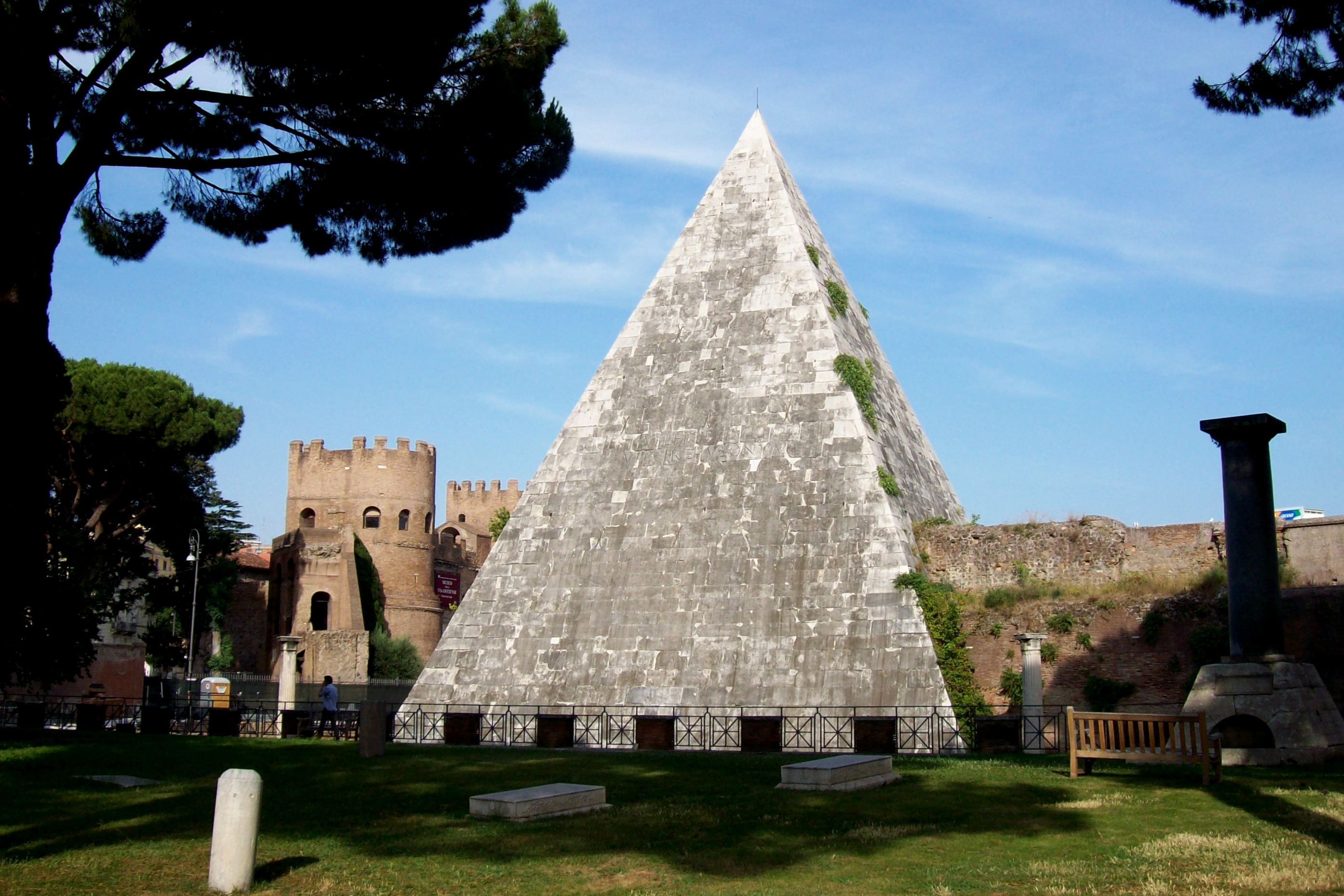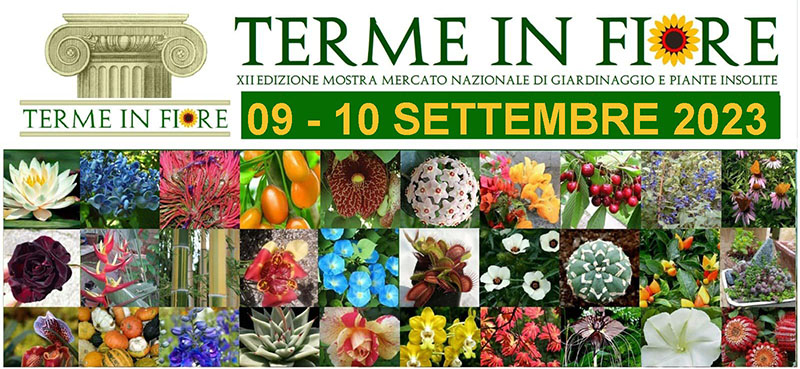
The official "Port of Rome" tourism website

Multilingual website
Translated on the fly in 89 languages

Open navigation
free downloadable guides

Starting point for....
3.5 million cruise passengers
30 million tourists

Discover monuments, buildings, squares
Shopping and lifestyle in Port of Rome and Rome

Full information about transports, tourism services and tours in Rome from civitavecchia

The best car rental with driver in Civitavecchia and Rome
Guaranteed tour operators in Civitavecchia and Rome

Experience the best restaurants and hotels

Enjoy the most popular beauty salons and hairdressers

All news, events and special Jubilee












